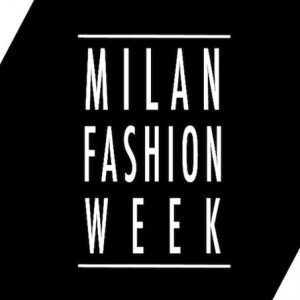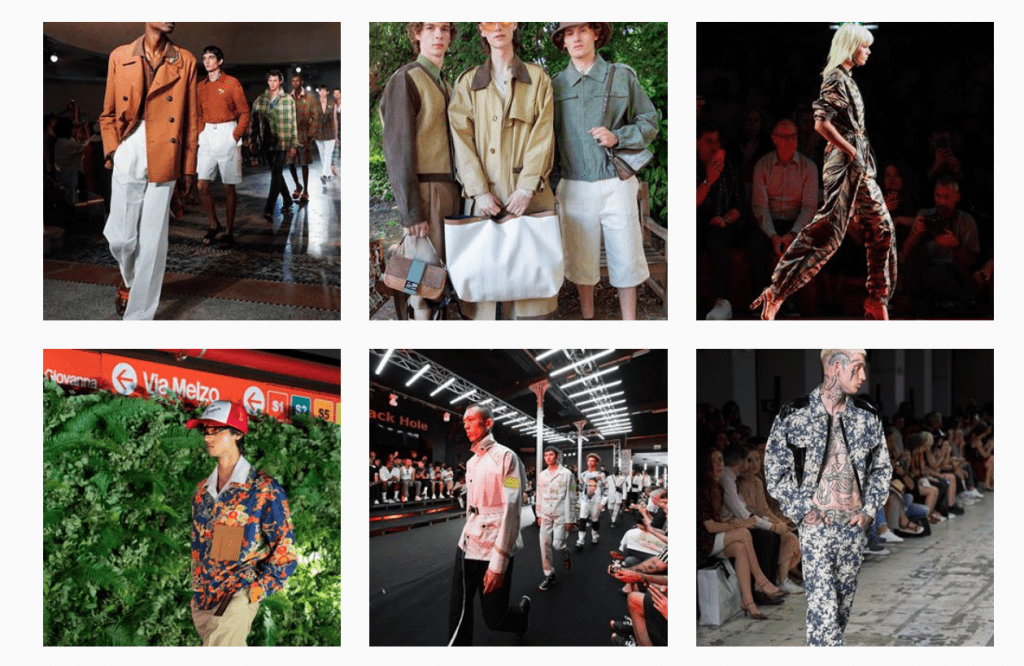Contents
Summary
Milan Fashion Week is an apparel trade show held semi-annually in Milan, Italy. Autumn-winter fashion shows are held in February-March each year and spring-summer fashion shows in September-October. Established in 1958, Milan Fashion Week was hosted by the Camera Sindacale della Moda Italiana which later changed its name to Camera Nazionale della Moda Italiana. Milan Fashion Week is one of the “Big Five” global fashion weeks alongside New York, Paris, London and Tokyo.
History
Milan Fashion Week – established in 1958 and partially organised by non-profit association Camera Nazionale della Moda Italiana has a packed schedule of runway shows, including a number of powerhouse luxury fashion brands, keeping the fashion editors and connoisseurs riveted. An apparel trade show held semi-annually in Milan, Italy the autumn-winter fashion shows are held in February-March each year and spring-summer fashion shows in September-October.
For many centuries fashion in Italy existed on a regional scale with a legacy stretching back to the Middle Ages of different cities specialising in their own crafts, fabrics and luxury goods. Per Glam Observer: “Before Milan became Italy’s fashion capital the country’s fashion scene emerged at the Palazzo Pitti in Florence with the runway organized in 1951 by the Italian aristocrat Giovanni Battista Giorgini who held fashion shows at his own residence with designs from Emilio Pucci and Fontana sisters, and then at Sala Bianco in Palazzo Pitti. For the first time, Italy received buyers from major American retailers such as Saks Fifth Avenue and Bergdorf Goodman.:
In 1958, the non-profit Camera Nazionale della Moda Italia came into being with a vision of promoting and protecting design talent. And Milan Fashion Week made its debut. Per Vogue: “Over the intervening decades more and more Italian brands came to the fore, with an emphasis on slightly more affordable luxury than their Parisian counterparts- as well as a knack for inventive textiles production- as exemplified by Etro and Missoni. As different cities continued to vie for the attention of the press and buyers.. Milan’s status slowly grew.”
During the Seventies and Eighties Milan-based fashion designers including Giorgio Armani and Gianni Versace became hugely popular.. going a long way towards cementing the region’s status as a fashion capital. Towards the end of the twentieth century iconic fashion designers including Moschino and Dolce and Gabbana.. Miuccia Prada, Versace and Gucci ruled the fashion landscape.
These days most of the same names rule the Milan Fashion Week schedule. Per Vogue: “At Gucci a new tone has been ushered in with Alessandro Michele’s eclectic often baroque aesthetic.. Moschino under the helm of Jeremy Scott stays true to its irreverent roots… Miuccia Prada continues to infuse her collections with a thoughtful approach to good-bad taste, history and cultural mood…. Versace too remains, above all, an endeavour in exaggerated glitz and sex appeal.” But despite this certain shows are not held in conjunction with the Camera Nazionale Della Moda Italiana, including Dolce and Gabbana.
In April 2015 Carlo Capasa was named president of the Camera Nazionale Della Moda Italiana succeeding former president Mario Boselli. More recently due to the COVID-19 pandemic the 2020 edition took place through digital media from 14 July to 17 July 2020. In 2022 Gucci debuted at Milan Fashion Week with 68 pairs of twins showcasing their design.
Currently Milan Fashion Week has relocated to three main venues in the city of Milan: Spazio Cavallerizze- which is part of the Leonardo da Vinci National Science and Technology Museum.. Palazzo Reale’s Sala delle Cariatidi.. and Padiglione Visconti. Other show locations can be found throughout the city. Per Vogue: “In Milan, the topic of successionpersists. Many of the biggest houses have been family-owned, but luxury’s globalisation and a rethink of creative disciplines has led several companies to sell ownership stakes to conglomerates or become publicly listed to survive.”
Vision
Milan Fashion Week envisions showing both new and iconic fashion brands exhibiting collections that people would want to wear with attention to the end consumer. In recent times there has also been a focus on casting cross-generational and size-inclusive models. Most importantly Made In Italy remains a focal point for fashion brands based in Italy as they continue to highlight their craft.
Mission
Milan Fashion Week – established in 1958 and partially organised by non-profit association Camera Nazionale della Moda Italiana has a packed schedule of runway shows, including a number of powerhouse luxury fashion brands, keeping the fashion editors and connoisseurs riveted.
Leadership Team
Carlo Capasa (President)
Recognition and Awards
Milan Fashion Week is recognised for showcasing some of the fashion industry’s most exciting new talent and iconic fashion brands.
Products and Services
Milan Fashion Week envisions showing both new and iconic fashion brands exhibiting new seasonal collections.
References
- Official website Milan Fashion Week
- Runway Reporter Milan Fashion Week Online
- History of Milan Fashion Week Vogue
- 5 menswear trends spotted at Paris and Milan Tatler
- Facebook page of Milan Fashion Week Facebook
- Reviews of Milan Fashion Week FW24 Men’s Folio
- Instagram page of Milan Fashion Week Instagram
- This is what men will be wearing next fall CNN
- Twitter page of Milan Fashion Week Twitter
- Milan Fashion Week Fashion United
- LinkedIn page of Milan Fashion Week LinkedIn
- Milan Fashion Week Vogue
- Youtube page of Milan Fashion Week Youtube
- Seeing Double Grazia
- Wikipedia page of Milan Fashion Week Wikipedia
- Head-Turning Outfits People
- History of Milan Fashion Week Magazine luxuS
- Facts about Milan Fashion Week Fashion Week Online
- Pintrest page of Milan Fashion Week Pintrest
- History of Milan Fashion Week Glam Observor





